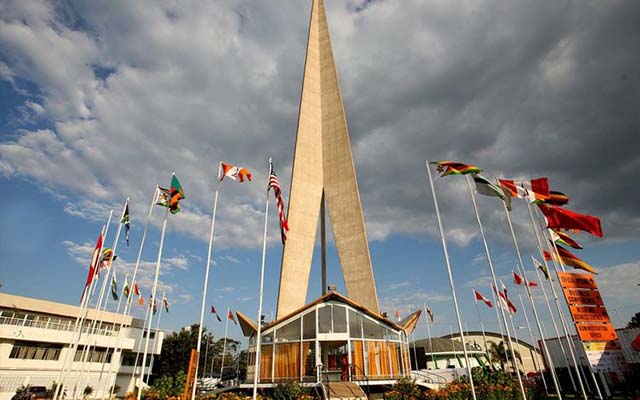Solar plant project to kick off
Enia Nyakudzambara Business Reporter
Local firm solar energy, De Green Rhino Energy has finalised legal documentation for the construction of a $400 million solar energy plant in Marondera, a company official has said.
The project is part of the $5,2 billion investment the company intends to make over 15 years in several solar power stations around the country which are expected to produce 2 500 megawatts more than doubling Zimbabwe’s current electricity output of 1 100 MW.
A capacity of 50 MW is planned for the first phase, which will cost the firm about $130 million and the company will upgrade to 100MW at a total cost of $339 million. In an interview De Green Rhino Energy chief executive Mr Francis Gogwe said the main aim of the project is to feed into the national grid so as to alleviate the power shortages at a national level.
“Our main aim at the moment is to feed into the national grid and to cater for power shortages in the country,” he said.
He said the construction of the plant will create employment as well as guarantee constant supply of electricity to the Marondera community.
Mr Gogwe said the project is set to take nine months from the first date of construction for it to be ready adding that they have other projects in the offing.
“We have started in Marondera but we also have plans to take the project nationwide. We have sites in Bulawayo and Plumtree, we are also planning to get another one in Zhombe,” he said.
He said the government is encouraging the use of solar power in line with Zim-asset. Government offered the company 375 hectares of land in Marondera for the project.
De Green Rhino Energy is a specialist consultancy advising on a broad range of issues in clean energy from technology to financing renewable energy projects, with a particular focus on solar energy.
The company is a result of a partnership between London-based Green Rhino Energy run by German solar experts and a local company De Opper Trading.
The company is currently involved in project development of large-scale solar and waste-to-energy plants in a number of countries in Africa, among them South Africa, Namibia, Sierra Leone, Ghana, Nigeria and Cameroon.








Comments